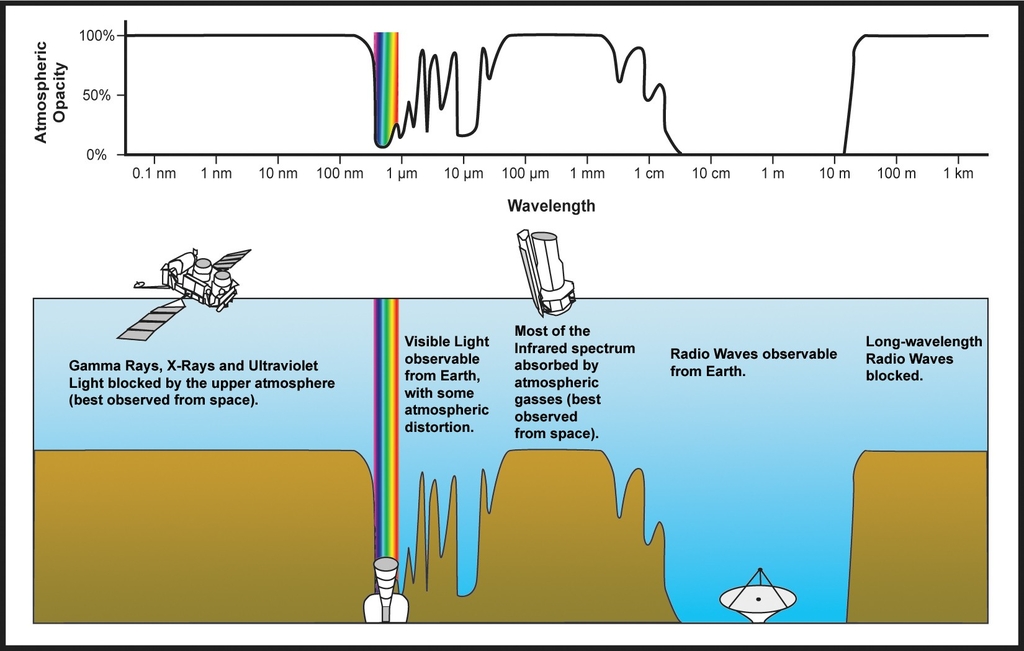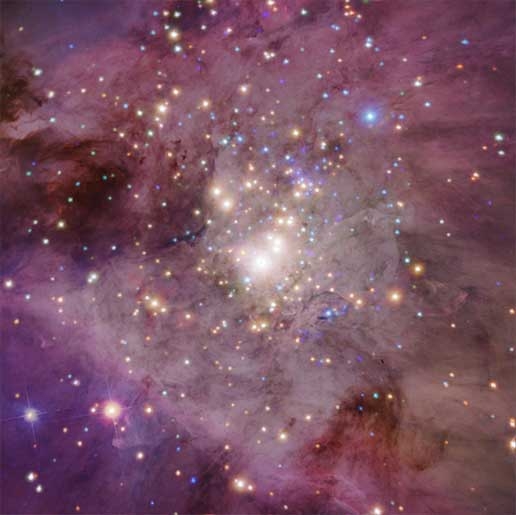Star-forming regions

We’ve touched upon the idea of nebulae as “recycling stations” for stars in What is a Nebula and talked about that a bit more in What is a Dark Nebula, but let’s look more precisely at how stars form.
Theories about star formation have to include, evidently, the different stages in the birth of the star: from a molecular cloud to a young stellar object, but they also need to consider the formation of binary star systems, star clusters, planets…
Like stars, giant clouds of gas are in hydrostatic equilibrium. By analogy, there is also an upper mass limit which if exceeded leads to the gravitational collapse of the cloud; it is known as the Jean mass and notably depends on the temperature of the cloud. Star formation can also be triggered by external forces on the cloud, for instance the collision with another molecular cloud or the tidal forces of galactic collisions. As well, as you might remember from the AGN article, some galaxies are more “active” than others, which means internal processes like relativistic jets from supermassive black holes can lower the star-formation rate.
When the temperature of the densest, core region of the cloud reaches 2000 K, the molecular (H2) hydrogen gets separated into two Hydrogen atoms; as the temperature keeps increasing, those get ionized. Other elements may be present, we’ve seen how elements heavier than Helium were produced in supernovae. The gas and dust keeps falling inward into the centre of gravity until the gas pressure balances the gravitational force – the core of the cloud has then reached the hydrostatic equilibrium of the new-born protostar.
To observe the protostars, which are still surrounded by a cloud of gas and dust (denser than the giant molecular cloud it started with), astronomers have to use the infrared band – the cloud absorbs visible light but allows infrared radiation to escape. However, this leads to another challenge: our atmosphere absorbs some infrared light, as you can see in the diagram below. X-ray emission is thought to occur from all protostars and also doesn’t get absorbed too much by gas and dust, however the same atmospheric problem appears.

Space telescopes like the Chandra X-ray observatory have enabled a more precise count of protostars in star-forming regions like the Orion Nebula. Once the gas and dust in the circumstellar disc has dispersed, or been accreted into planets, the star is called pre-Main-sequence. It will reach the Main sequence once its core reaches a high enough temperature to conduct the fusion of Hydrogen into Helium.

With our Telescopes in the optical band, you will look at star-formation by observing the nebulae rather than the protostars. The Orion Nebula which we have just mentioned is a typical target for astrophotographers, and is on the list of One-Click Observations. The Eagle Nebula, the cover image of this article, is also very popular. So, which one will be your next target?
Cover Image: M16 Eagle Nebula observed in narrowband filters, N. Szymanek, 22/04/2020 CHI-1
Image Credits:
1- Atmospheric Absorption, NASA
2- Orion Nebula, Chandra X-ray obsevatory, NASA/PSU
